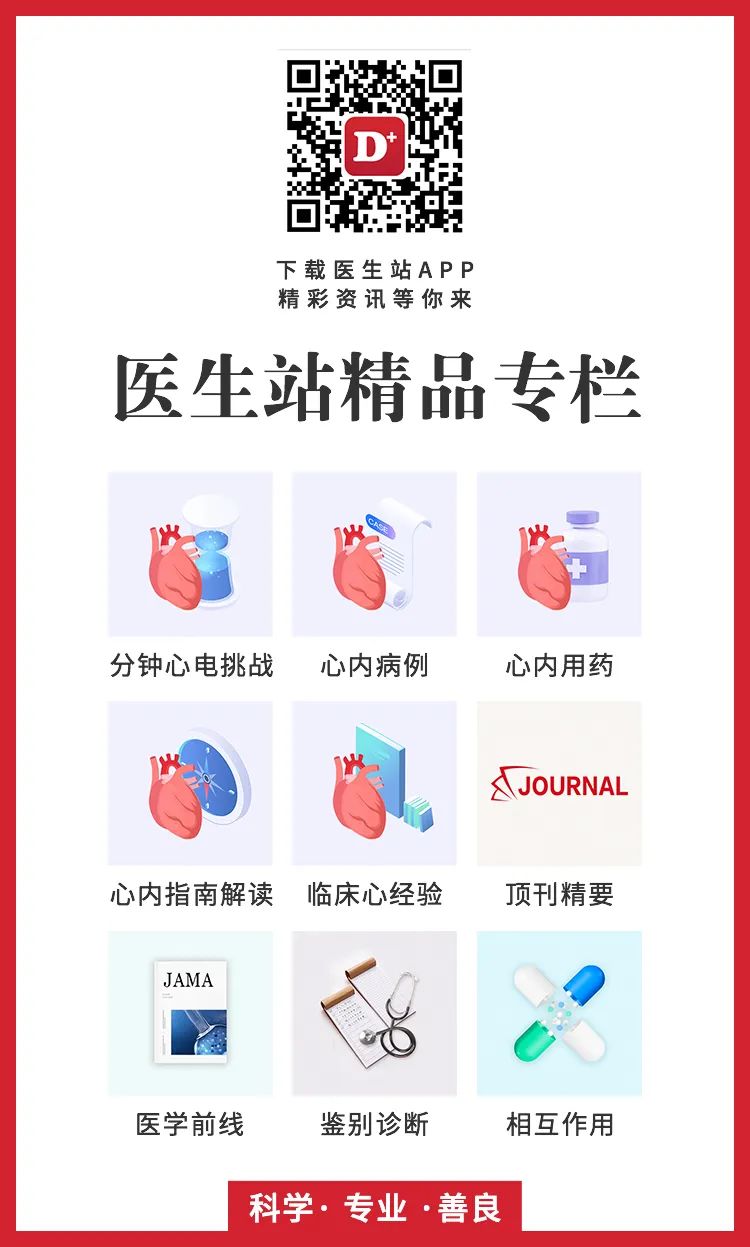Which groups of people are applicable to cardiovascular diseases to prevent cardiovascular disease?how to choose?
Author:Cardiovascular Channel in the Time:2022.09.27
*For medical professionals for reading reference

7 o'clock comprehensive summary
In order to prevent the CVD more effectively, in August 2022, the US Prevention Medical Working Group (USPSTF) released the "Proposal Statement of the Application of CVD Prevention in Adult CVDs".
The statement is an update of the 2016 version of the USPSTF recommendation statement. It fully discusses the risks and benefits of his CVD -level prevention application, and gives relevant recommendations and suggestions. It will be interpreted from the following seven aspects.
01 USPSTF Statement Applicable Cross
1) This statement is suitable for adults who are ≥40 years old, have no history of CVD, and have no symptoms of CVD or signs;
2) This proposal is not applicable to an adult with a known family hypertrophic disease in LDL-C> 190mg/dl (4.92mmol/L), or it is known as a known family hypertrophy.
02 USPStf's Receivement Evaluation
1) In the history of 40-75 years old, there is no history of CVD, and there are ≥1 risk factors (such as abnormal blood lipids, diabetes, hypertension or smoking), and are expected to be cvd in the CVD one with a CVD risk of 10 years ≥10%. There are at least moderate benefits of level prevention;
2) In the history of 40-75 years old, there are ≥1 risk factors, and in people with a CVD risk of 7.5%-10%in 10 years, prescriptions of CVD first-level prevention have a certain degree of net benefits. Whether the initial treatment should depend on the patient's potential adverse reactions, inconvenience, and the preference for potential benefits;
3) The existing evidence is not enough to determine the treatment of statins in people with a history of CVD without a history of CVDs to prevent CVD incidents and death risks.
03 USPStf's treatment intensity
1) The data that directly compares the intensity of Datin drugs on the end of the cardiovascular is limited;
2) Most tests are treated with medium -intensity's betin -like drugs; so according to existing evidence, for most people, the use of medium -intensity Hasien drug treatment seems to be a reasonable CVD first prevention.
04 USPStf Histein Decision Path
1) For people 40-75 years old, ask if there are ≥1 risk factors (such as abnormal blood lipids, diabetes, hypertension or smoking), and evaluate the risk of CVD.
a) Patients with CVD risk factors and estimated 10%or higher CVD risks in 10 years will be given a medium -intensity Hasing drug after communicating with patients;
b) Among patients with CVD risk factors and estimated 10-year CVD risk is 7.5%-10%, the benefits of starting hisbing drugs are relatively small. Therefore, clinicians should fully consider the values and preferences of patients. Drugs.
2) For adults aged 76 or above, the existing evidence is not enough to recommend or oppose the use of hisbin -like drugs.
05 Other factors that need to be considered in the USPSTF's decision to consider
1) Age is one of the strongest risk factor for CVD;
2) The prevalence of men's CVD is higher than women, but the mortality rate of some CVD events in some women is higher than that of men. On average, men have experienced the CVD incident earlier than women;
3) Whether it is male or female, black CVD has the highest prevalence;
4) In order to give full play to the treatment efficiency of his category drugs, it is necessary to fairly improve the use of statin drugs in different races and different gender people, especially black and Spanish adults. Their cardiovascular disease has the highest prevalence but at the same time, but all Tinnacle is at the same time. The lowest utilization rate of drugs.
06 USPSTF subsequent clinical issues that need to be solved
1) How to improve the accuracy of CVD risk prediction in different races, ethnic and social and economic groups;
2) How to balance the pros and cons of the treatment of his treatment at the age of 76 or above;
3) The efficacy and safety of young adults have long used statins;
4) Reasons for the differences in the use of statins and effective methods to reduce differences;
5) How to formulate the best strategy of statins, such as conducting tests of direct comparison doses and fixed dosage treatment, and tests that directly compare with different intensity.
6) Evaluating whether his treatments are related to the increase in diabetes in the first -level prevention population;
7) Evaluate the role of patient preferences in different CVD risk populations.
07 Summary
Hisatin drugs play a pivotal role in CVD prevention and treatment. The latest USPSTF statement has updated the suggestions of Jereal drugs for adult CVD prevention. Drugs and other key issues that fit clinical practice.
What needs to be emphasized is that although there are currently many non -category lipid -lowering drugs, the clinical benefits of other non -category lipid -lowering drugs are based on Hisin -based drugs. Therefore First -line drugs in prevention and control.
More good cardiovascular guidelines?
Come and see "Doctor Station APP"

references:
First hair: Cardiovascular Channel in the medical community
Author of this article: World World
Review of this article: Zhao Jiehui
Editor in charge: Peng Jianping Peng Sanmei
- END -
As for the Mid -Autumn Festival, Luoyang's illness and control reminded!
Since September, more than 29 provinces across the country have successively reported local positive infections, and community communication and epidemic overflowing in some areas have severely compli
How does the Chinese and Western Medicine Integrated Hospital achieve the integration of Chinese and Western medicine?

On July 21: 30-11: 30, the Yangtze River Daily Quality Drives Self -Evolution -Hig...